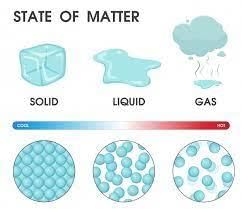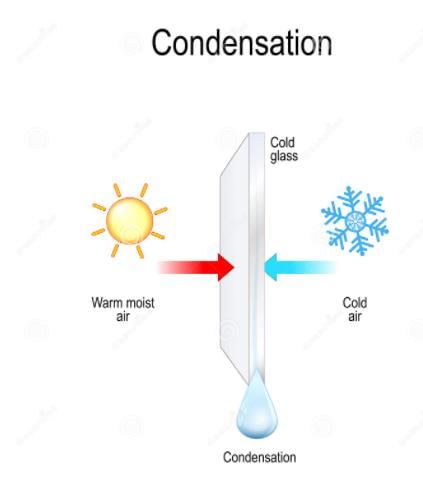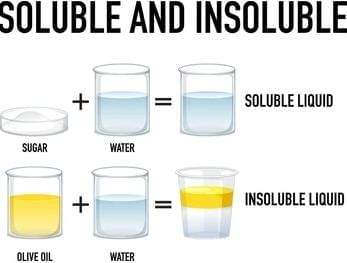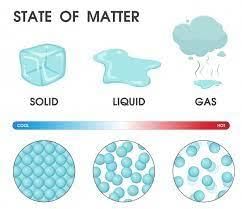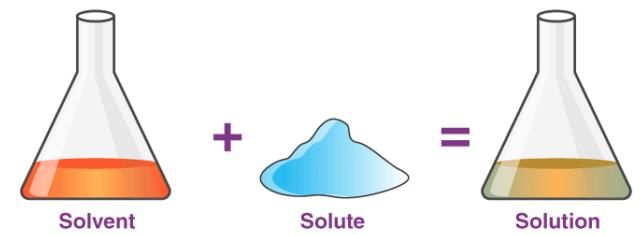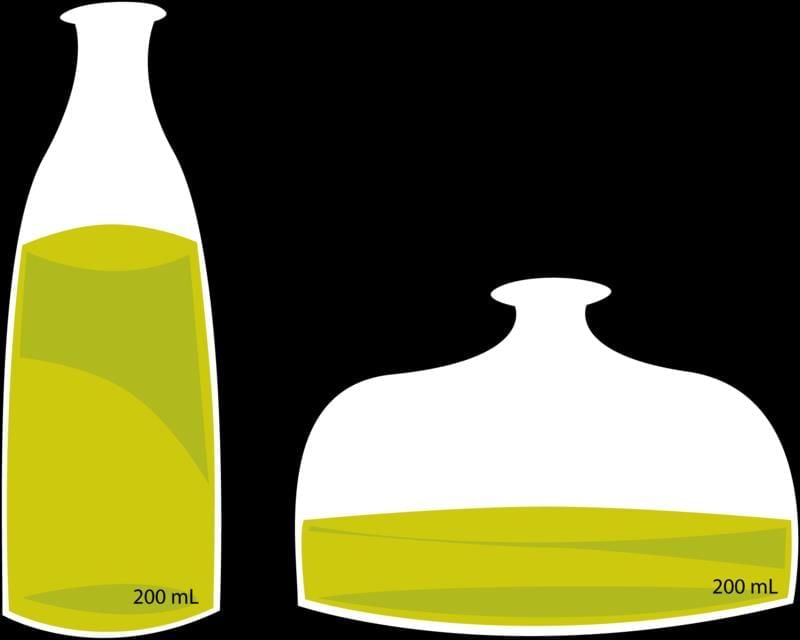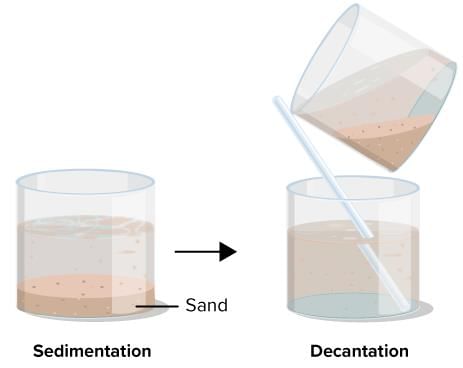Class 4 Exam > Class 4 Tests > Science for Class 4 > Test: Solids, Liquids & Gases- 1 - Class 4 MCQ
Test: Solids, Liquids & Gases- 1 - Class 4 MCQ
Test Description
10 Questions MCQ Test Science for Class 4 - Test: Solids, Liquids & Gases- 1
Test: Solids, Liquids & Gases- 1 for Class 4 2025 is part of Science for Class 4 preparation. The Test: Solids, Liquids & Gases- 1 questions and answers have been
prepared according to the Class 4 exam syllabus.The Test: Solids, Liquids & Gases- 1 MCQs are made for Class 4 2025 Exam. Find important
definitions, questions, notes, meanings, examples, exercises, MCQs and online tests for Test: Solids, Liquids & Gases- 1 below.
Solutions of Test: Solids, Liquids & Gases- 1 questions in English are available as part of our Science for Class 4 for Class 4 & Test: Solids, Liquids & Gases- 1 solutions in
Hindi for Science for Class 4 course. Download more important topics, notes, lectures and mock
test series for Class 4 Exam by signing up for free. Attempt Test: Solids, Liquids & Gases- 1 | 10 questions in 15 minutes | Mock test for Class 4 preparation | Free important questions MCQ to study Science for Class 4 for Class 4 Exam | Download free PDF with solutions
Test: Solids, Liquids & Gases- 1 - Question 1
Choose the correct option from the following on the basis of the packing of molecules.
Detailed Solution for Test: Solids, Liquids & Gases- 1 - Question 1
Test: Solids, Liquids & Gases- 1 - Question 2
When a gas changes into a liquid, it is called _______.
Detailed Solution for Test: Solids, Liquids & Gases- 1 - Question 2
Test: Solids, Liquids & Gases- 1 - Question 3
State whether the following statement is True or False:
Some solids that dissolve in water are called soluble substances.
Detailed Solution for Test: Solids, Liquids & Gases- 1 - Question 3
Detailed Solution for Test: Solids, Liquids & Gases- 1 - Question 4
Test: Solids, Liquids & Gases- 1 - Question 5
State whether the following statement is True or False:
The substance that dissolves in a liquid to form a solution is called a solute.
Detailed Solution for Test: Solids, Liquids & Gases- 1 - Question 5
Test: Solids, Liquids & Gases- 1 - Question 6
What is the state of matter that takes the shape of its container?
Detailed Solution for Test: Solids, Liquids & Gases- 1 - Question 6
Test: Solids, Liquids & Gases- 1 - Question 7
What method is used to separate a mixture of sand and water?
Detailed Solution for Test: Solids, Liquids & Gases- 1 - Question 7
Test: Solids, Liquids & Gases- 1 - Question 8
What changes occur to the molecules of a substance during evaporation?
Detailed Solution for Test: Solids, Liquids & Gases- 1 - Question 8
Test: Solids, Liquids & Gases- 1 - Question 9
Which state of matter is characterized by the highest rate of diffusion?
Detailed Solution for Test: Solids, Liquids & Gases- 1 - Question 9
Test: Solids, Liquids & Gases- 1 - Question 10
What is the main reason why gases are highly compressible compared to liquids and solids?
Detailed Solution for Test: Solids, Liquids & Gases- 1 - Question 10
|
50 videos|90 docs|28 tests
|
Information about Test: Solids, Liquids & Gases- 1 Page
In this test you can find the Exam questions for Test: Solids, Liquids & Gases- 1 solved & explained in the simplest way possible.
Besides giving Questions and answers for Test: Solids, Liquids & Gases- 1, EduRev gives you an ample number of Online tests for practice


